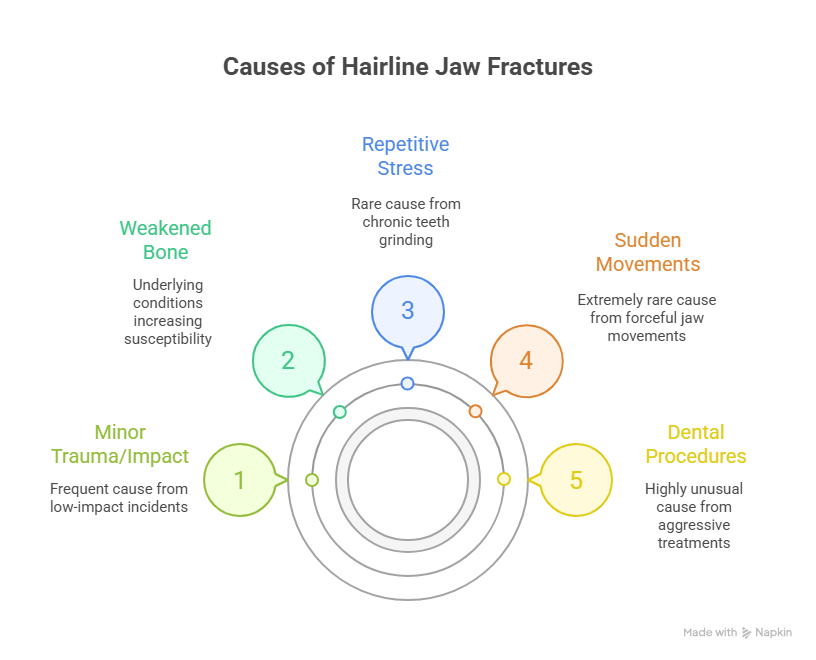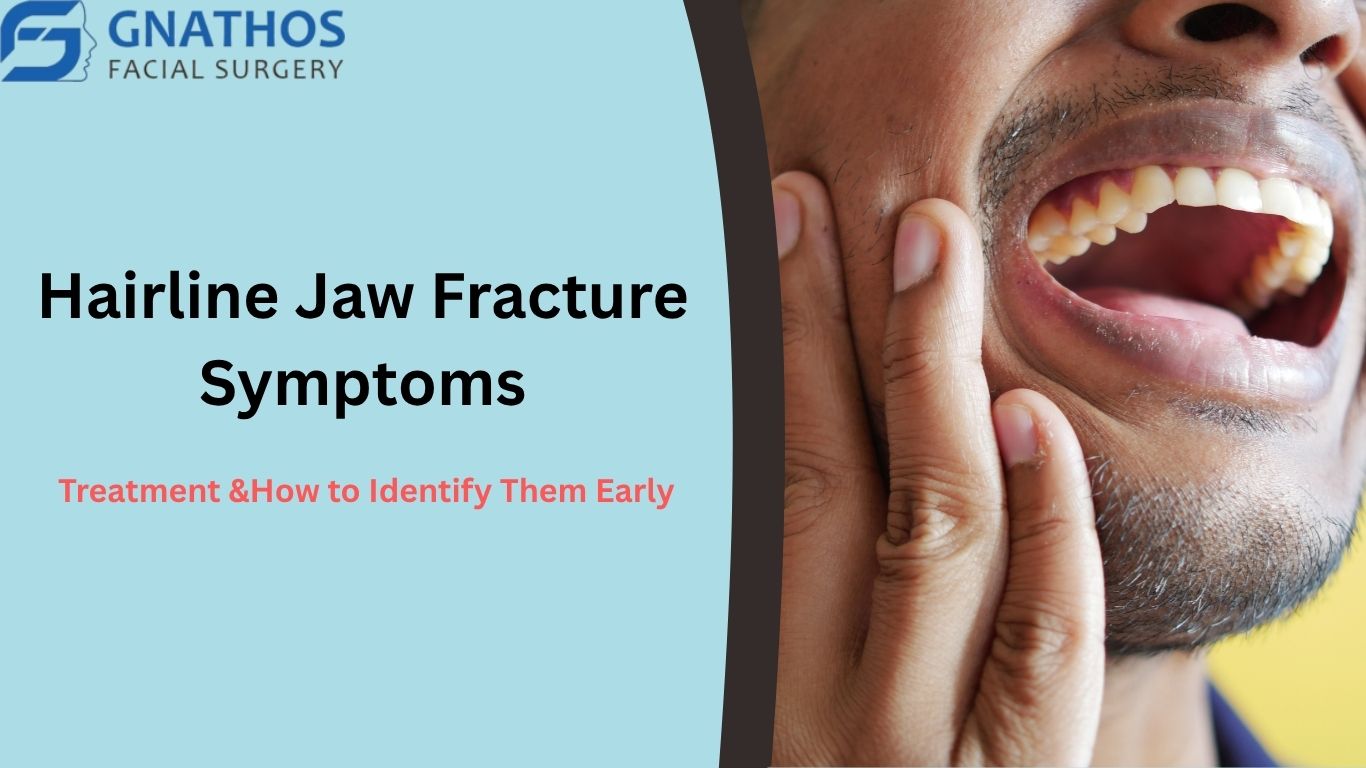Ever had one of those “oops” moments – maybe a minor fall, a sports bump that seemed insignificant, or even just biting down wrong – and then felt a nagging, persistent discomfort in your jaw? It’s easy to dismiss it as a bruise or a temporary ache. But what if it’s something a little more serious, yet not as obvious as a full-blown fracture? Today, we’re going to explore a topic that often flies under the radar: hairline jaw fracture symptoms.
Unlike a clearly displaced or shattered bone, a hairline fracture (also known as a stress fracture or a non-displaced fracture) is a tiny crack in the bone. It’s subtle, it can be sneaky, and because the signs aren’t always screaming at you, it can be easy to overlook. But here’s the thing: even a small crack in a bone as crucial as your jaw needs attention. Ignoring it can lead to bigger problems down the road. So, let’s get you armed with the knowledge to identify these subtle hairline jaw fracture symptoms early on, understand your treatment options, and know exactly when to seek professional help.
Understanding Your Jaw: A Quick Refresher
Your jaw, or mandible, is an incredible piece of engineering. It’s not just a bone; it’s a dynamic structure that allows you to chew, talk, yawn, and express a whole range of emotions. It’s the largest and strongest bone in your face, articulating with your skull at the temporomandibular joints (TMJs) located just in front of your ears. Because it’s constantly in motion and quite exposed, it’s susceptible to various types of injuries – from a simple bruise to a complex fracture. A hairline fracture is essentially a very fine break or crack in this bone, where the bone segments aren’t fully separated or displaced.
What Causes a Hairline Jaw Fracture?
While a severe blow often causes a full jaw fracture, hairline fractures can result from less dramatic incidents or even repetitive stress. Here are some common culprits:

- Minor Trauma/Impact: This is often the most frequent cause. A low-impact fall (like slipping and hitting your chin), a minor sports injury (even a glancing blow), or an unexpected bump to the jaw can create a small crack without causing significant displacement. Think about falling off a bicycle at low speed or an elbow accidentally hitting your jaw during a friendly game.
- Repetitive Stress (Less Common for Jaw, but Possible): In other bones (like those in your feet), repetitive stress from activities like running can cause stress fractures. While less common for the jaw, chronic teeth grinding (bruxism) or clenching, especially under significant stress, could theoretically contribute to micro-fractures over time, though this is rare for a true hairline fracture of the jawbone itself. It’s more often seen as damage to teeth or TMJs.
- Sudden, Awkward Movements: Sometimes, a very sudden, forceful movement of the jaw, like an excessive yawn or a sudden snap during chewing, could theoretically strain the bone enough to cause a hairline crack in a weakened area, though this is extremely rare without underlying bone issues.
- Weakened Bone: Underlying conditions that weaken bone density, such as osteoporosis or certain nutritional deficiencies, can make the jaw more susceptible to hairline fractures from even minor trauma.
- Dental Procedures (Rare): In extremely rare cases, very aggressive or prolonged dental procedures could potentially put stress on the jaw leading to a hairline crack, but this is highly unusual.
The key distinction with a hairline fracture is that the force isn’t strong enough to completely break the bone into two or more distinct pieces that move independently. Instead, it’s a crack that’s still structurally connected.
Worried About a Jaw Fracture?
Early diagnosis can prevent serious complications. Schedule your consultation with our maxillofacial expert today.
📅 Book Appointment Now

